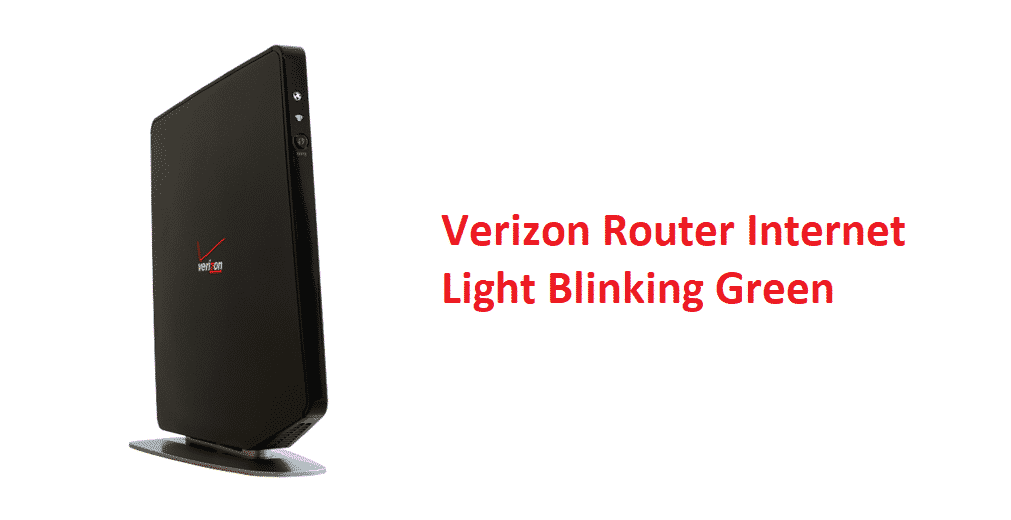

Hence, each router Sub-interface must also add a VLAN tag to all traffic leaving said interface. Sub-interfaces to a Router are similar to what Trunk ports are to a Switch – one link carrying traffic for multiple VLANs. That method is to create a Sub-Interface.Ī Sub-Interface allows a single Physical interface to be split up into multiple virtual sub-interfaces, each of which terminate their own VLAN. Instead, there exists a way for multiple VLANs to terminate on a single router interface. If there were five VLANs on the switch, then we would need five switchports and five router ports to enable routing between all five VLANs The previously described method is functional, but scales poorly.
#VERIZON ROUTER REMOVEM VLAN MAC#
The only difference is since there is only one physical switch, there will only be one MAC address table – each entry includes the mapping of switchport to MAC address, as well as the VLAN ID number that port belongs to.Įach switch port in this diagram is configured as an Access port, we can use the range command to configure multiple ports as once:Ĭapability Codes: R - Router, S - Switch, I - IGMP, B - Source Route Bridgeĭevice ID Local Intrfce Holdtme Capability Platform Port ID In fact, the process of a packet moving from Host A to Host D in this topology will work exactly as it does in this video. The Router operates like normal when routing packets between two networks. The Router doesn’t know that it has two connections to the same switch - nor does it need to. The simplest way to enable routing between the two VLANs to simply connect an additional port from each VLAN into a Router. The remainder of this article will explore these three options and their configuration.

This works great for Host A trying to speak to Host B. The purpose of a Switch is to facilitate communication within networks. Each VLAN will typically correspond to its own IP Network. Since Host A and Host C are in different VLANs, it is also implied that they are in different Networks. Notice since there is nothing connecting the two “virtual” switches, there is no way for Host A to speak to Host C. ROUTE ADD 192.168.10.0 MASK 255.255.254.0 192.168.1.Despite all four hosts being connected to the same physical switch, the logical topology makes it clear that the hosts in VLAN 20 are unable to speak with the hosts in VLAN 30. Ingress Ploicy: Untagged (Do Not Add VLAN Header) <- Tried both tagged & untaggedĮgress Policy: Untagged (Remove VLAN Header)ġ92.168.10.0 192.168.1.1 255.255.254.0 Metric 0 (applied)

Network (Home/Office) via "My Network" / "Network (Home/Office)" "Ethernet/Coax" (want to access multiple device plugged into 1 port on router using laptop browser) So the traffic on port 80 doesn't make it to the Tivo N-Adapter setup wizard but the traffic is directed to the router port 80 instead. Somehow, when setting up the VLAN and route below, I've pointed 192.168.10.1 to 192.168.1.1. Results so far: By adding VLAN and route, when I enter 192.168.10.1, I get the Verizon Router login page (same as if I entered 192.168.1.1) instead of the browser page on the Tivo N-Adapter (192.168.10.1).


 0 kommentar(er)
0 kommentar(er)
